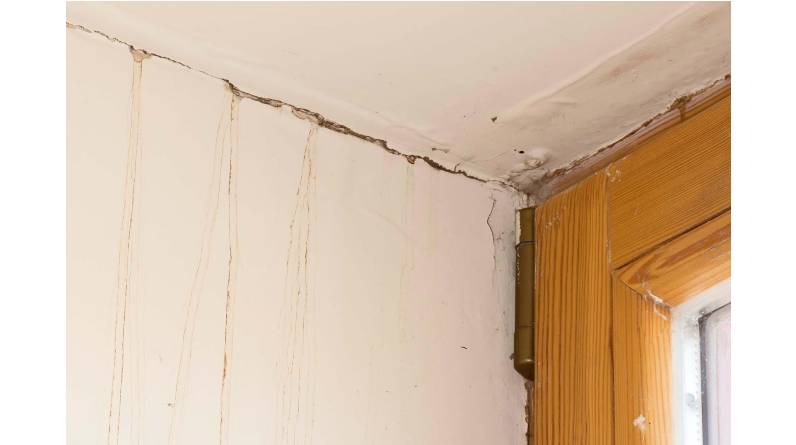
Difference Between Bricks and Pavers
Bricks and pavers are both popular building materials used for outdoor construction projects such as pathways, driveways and patios. Both have unique characteristics that make them suitable for certain applications, but some key differences should be considered when choosing between them. Whether you’re renovating an outdoor space or just want some knowledge before contacting an expert like https://www.railways.net.au/, here’s everything you need to know.
The most obvious difference between bricks and pavers is the shape: bricks are rectangular, while pavers can be square, circular or any other shape. While bricks usually have a flat surface, pavers may have textures like tumbled or flamed surfaces for better grip and a more natural look. In terms of durability and strength, both materials offer similar performance – however, if the area is regularly exposed to heavy traffic, then pavers are a better choice as they’re often more resistant to wear and tear.
In terms of installation, bricks require more skill, as they need to be laid in mortar while pavers can just be laid on bedding sand. Plus, with pavers, you can easily replace any damaged sections with new ones, while with bricks it’s a more difficult task.
When it comes to maintenance and cleaning, pavers are generally easier to maintain as there are no joints between the units that need to be filled with mortar or concrete. Pavers can also be easily sealed for better protection against staining and fading due to water and UV exposure. Bricks, on the other hand, require more maintenance as joints need to be re-filled with mortar or concrete and the surface needs to be sealed regularly to reduce staining and fading.
All in all, both pavers and bricks can make a great choice for paving projects depending on your budget, desired look and maintenance requirements. Pavers are great for those looking for a low-maintenance option that is budget-friendly, while bricks are a better choice for those who want a more traditional look and don’t mind spending extra time on maintenance.
No matter which you choose, both pavers and bricks can make an attractive addition to any outdoor project. With careful planning and proper installation, you can be sure to enjoy your new paved area for many years to come.
Ask Your Local Supplier
The best way to get tailored advice for your paving project is to consult a local supplier. These professionals can help you decide which material is best suited for your specific needs and budget. They may also be able to provide installation tips, answer any questions you have, and even recommend other materials that might work better in certain areas.
When shopping around, consider the cost of both bricks and pavers. The cost of each material can vary substantially depending on the type, size, and quality you choose. Make sure to compare different suppliers as they may offer different prices.
When selecting between bricks and pavers, consider their durability too. Bricks are more durable than pavers since they are made from solid materials, while pavers are only partially solid. Bricks can last up to 100 years or more, while pavers need to be replaced every 10-20 years due to deterioration and weathering.
Local suppliers can not only give personalised advice but also know the weather and climate of your area, so they can better advise which material is best for you. Of course, you also need to keep appearance into consideration, as bricks and pavers come in a variety of styles and colours. Talk to suppliers about their selection of materials to find the best one for your project.






